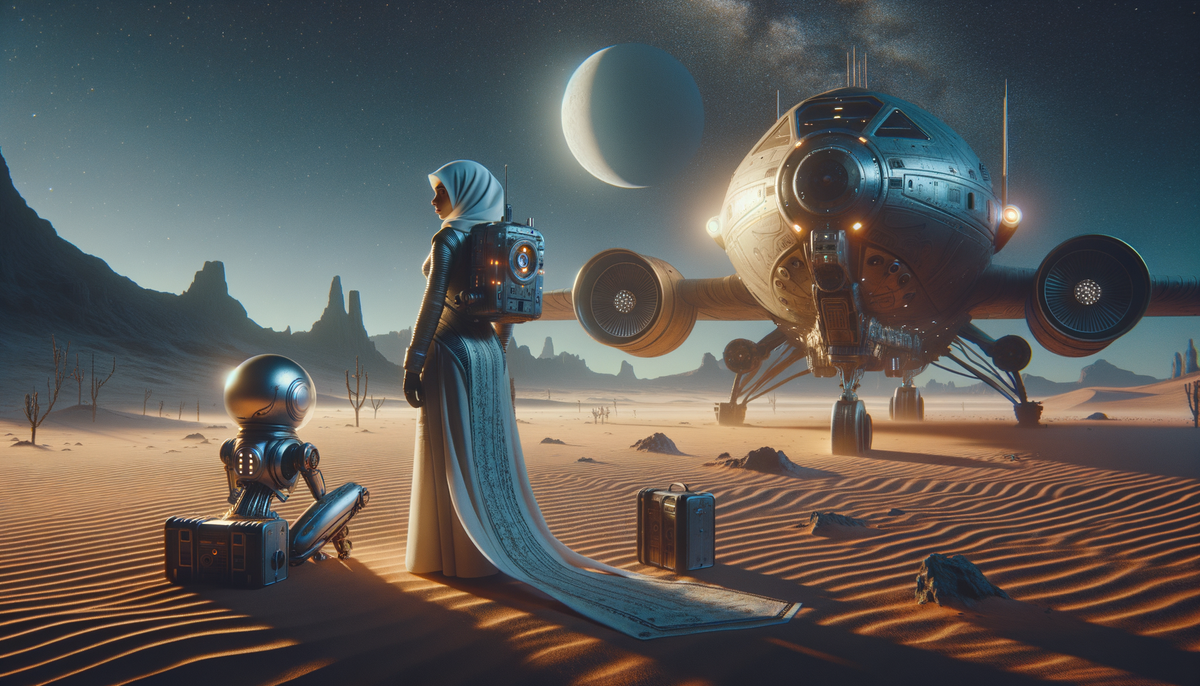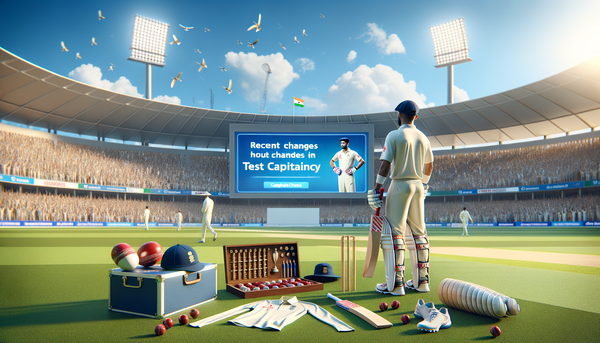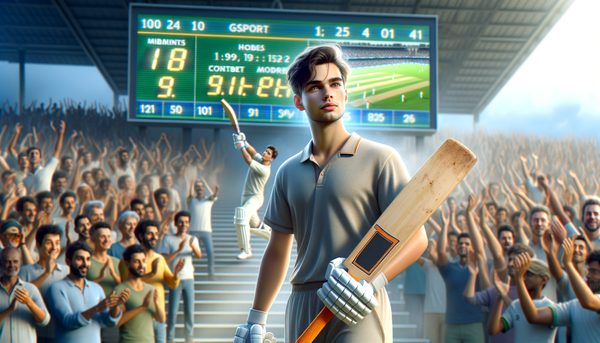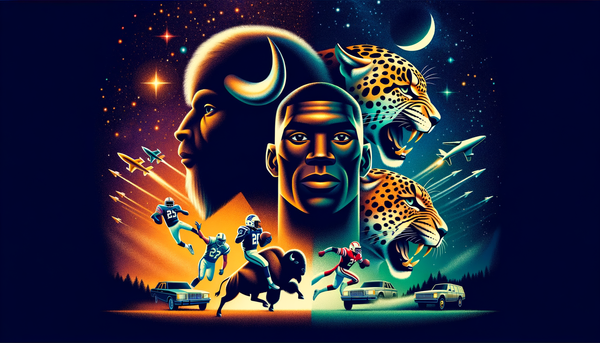Exploring the Enduring Legacy of the Star Wars Original Trilogy
Explore the legacy and impact of the Star Wars original trilogy, a cinematic masterpiece that redefined storytelling in film.

Exploring the Enduring Legacy of the Star Wars Original Trilogy
Star Wars Original Trilogy: A Cinematic Phenomenon
The Star Wars original trilogy stands as a cornerstone in modern cinema, revered by audiences and critics alike for its groundbreaking storytelling and visual innovation. The trilogy, crafted by George Lucas, comprises three seminal films: Star Wars (later retitled Episode IV – A New Hope), The Empire Strikes Back (Episode V), and Return of the Jedi (Episode VI).
These movies not only set the stage for the expansive Star Wars universe but also spearheaded a revolution in filmmaking technique and narrative structure.
In-depth Look at the Films
Episode IV – A New Hope (1977): Luke Skywalker, a farm boy from the desert planet of Tatooine, becomes embroiled in an epic battle between the tyrannical Galactic Empire and the plucky Rebel Alliance. Guided by the wise Obi-Wan Kenobi, and with the help of allies like Princess Leia, Han Solo, and the loveable droids R2-D2 and C-3PO, Luke undertakes a mission that culminates in the destruction of the Empire’s dreaded superweapon, the Death Star. The film was an instant success, encouraging George Lucas to expand the storyline, ultimately rebranding it as 'Episode IV'.
Episode V – The Empire Strikes Back (1980): Often regarded as the darkest and most poignant of the trilogy, this film sees the Rebel Alliance scattered across the galaxy while Luke receives Jedi training from Yoda. The film takes a shocking turn with the revelation of Darth Vader as Luke’s father, pushing the story into new realms of family drama and moral complexity. Despite their struggles, the Rebellion suffers significant setbacks, including Han Solo’s capture, setting the stage for the climactic final installment.
Episode VI – Return of the Jedi (1983): In this climactic conclusion, Luke Skywalker, now a matured Jedi Knight, embarks on a mission to rescue Han Solo from Jabba the Hutt and faces the evil Emperor Palpatine and his father, Darth Vader, in a final confrontation. The film wraps up the saga's major arcs with the son redeeming his father, marking the fall of the Empire, and the destruction of the second Death Star. The defeat of the Emperor heralds the dawn of a new era of peace for the galaxy.
Behind the Scenes: Production Marvels and Challenges
George Lucas’s prowess not only lies in storytelling but also in his strategic approach to film production. Financing The Empire Strikes Back and Return of the Jedi himself allowed Lucas creative freedom, resulting in narratives that were both daring and innovative. With the subsequent release of prequels and sequels, these films formed the core of what is now a sprawling cinematic saga. The original trilogy’s advancements in special effects set new industry standards, and its bold marketing strategies were unprecedented at the time.
Signaling a significant cultural shift, George Lucas’s creation ushered in an era where the science fiction genre was treated with greater seriousness and ambition.
Cultural Impact and Legacy
The Star Wars original trilogy has left an indelible mark on popular culture. Its profound impact extends beyond just film, influencing everything from fashion to language. Characters like Luke Skywalker, Darth Vader, Princess Leia, and Han Solo have become cultural icons. The day May 4th is celebrated worldwide as 'Star Wars Day', demonstrating the franchise's massive cultural footprint.
Beyond its entertainment value, the trilogy inspired countless filmmakers and creators, setting a benchmark in storytelling, visual artistry, and franchise building. Institutions and events dedicated to the Star Wars legacy continue to enthrall new generations, carrying forward the themes and messages embedded in these timeless stories.
Essential Viewing for Star Wars Fans
For aficionados and newcomers alike, the original trilogy is best viewed in its release order to appreciate its full narrative arc. Comprising the middle chapters of George Lucas’s nine-part Skywalker Saga, these films offer rich storytelling that connects the past and future of a beloved universe.
| Title | Release Date | Episode # | Summary |
|---|---|---|---|
| A New Hope | 1977 | IV | Luke joins Rebels, destroys Death Star |
| The Empire Strikes Back | 1980 | V | Rebels on the run, Vader is Luke’s father |
| Return of the Jedi | 1983 | VI | Luke redeems Vader, defeats Emperor, restores freedom |
Key Themes and Takeaways
The trilogy artfully blends timeless themes such as the battle between good and evil, the complexity of familial ties, redemption, and the journey of self-discovery. It encapsulates the hero's journey narrative, empowering viewers with stories of resilience and hope.
Professionals in the entertainment and creative industries can draw valuable insights from the trilogy’s production and narrative strategies which emphasize innovation and emotional engagement. Emulating these concepts can enhance storytelling and viewer connection.
Connect With the Force: A Call to Action
As we reflect on the legacy of the Star Wars original trilogy, it evokes a sense of excitement and inspiration. Whether you are rediscovering these films or diving into them for the first time, their compelling narratives and pioneering creativity promise a rewarding experience. We invite businesses and creators interested in exploring storytelling and cinematic expertise to reach out. Join us in a journey to harness the power of storytelling and create compelling content that resonates with audiences worldwide.
Learn more about the latest developments in the Star Wars universe.
For more insights and discussions on legendary cinema creations like the Star Wars original trilogy, continue following our updates and feel free to contact us for collaboration opportunities.




